A New World Record by E.L.O.
Buy A New World Record The sixth overall album for Electric Light Orchestra (E.L.O.), A New World Record would become the band’s breakthrough worldwide. Lead singer, chief songwriter, and producer Jeff Lynne later […]

Buy A New World Record The sixth overall album for Electric Light Orchestra (E.L.O.), A New World Record would become the band’s breakthrough worldwide. Lead singer, chief songwriter, and producer Jeff Lynne later […]
Buy Presence In late 1975, Led Zeppelin had planned a world tour to capitalize of the phenomenal success of their latest album Physical Graffiti. The band was at the absolute zenith of their […]
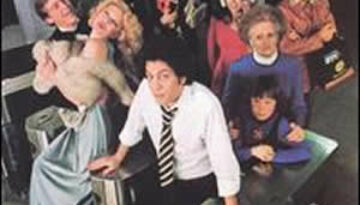
Buy Turnstiles Turnstiles is , in a lot of ways, the “growing up” album for Billy Joel. Even though he was only in his mid twenties at the time of its production (which […]
Buy 2112 Convinced that their run at fame was all but over, the members of Rush decided to go out “in a blaze of glory”. They were all very satisfied with the previous […]
Buy A Trick of the Tail Buy Wind & Wuthering We love Genesis here at Classic Rock Review. Although, this is certainly not evident by our treatment of the band so far in […]
Buy Rocks We commence our look at 1976 with a review of the fourth of four great albums by Aerosmith that launched their career during their classic period of the 1970s. Starting with […]